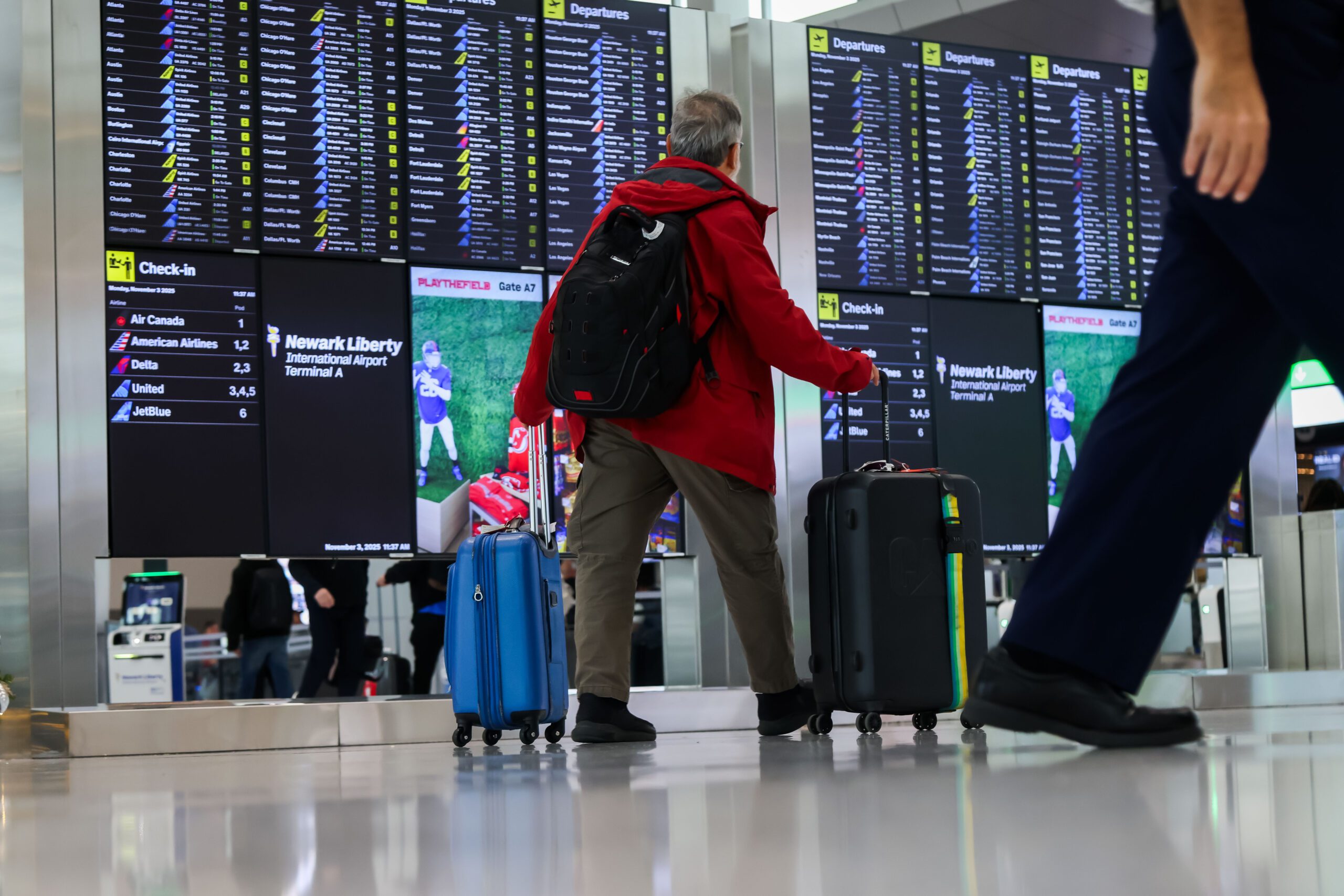
thousands of flights in danger of cancellation Travelers face significant disruptions as the FAA announces a major reduction in flight volumes across the United States due to the ongoing government shutdown.
thousands of flights in danger of cancellation
FAA’s Announcement and Its Implications
On Wednesday, the Federal Aviation Administration (FAA) revealed plans to cut flight volumes by 10 percent at 40 major airports nationwide. This drastic measure is a direct response to the ongoing government shutdown, which has now become the longest in U.S. history. The FAA estimates that these cuts could jeopardize between 3,000 to 4,500 flights daily, significantly impacting air travel during a peak season for many travelers.
High-volume markets such as Atlanta, Dallas, New York City, and Los Angeles are expected to be particularly affected by these reductions. While the FAA has yet to formally announce which specific airports will experience capacity cuts, the implications for travelers are clear: increased delays, cancellations, and overall chaos at airports.
Historical Context of the Shutdown
The current government shutdown has been ongoing for several weeks, leading to widespread disruptions across various sectors. This shutdown is not just a political stalemate; it has real-world consequences for millions of Americans. With air traffic controllers and TSA agents classified as essential employees, they have continued to work without pay, leading to growing frustration and fatigue among these critical personnel.
In the past, government shutdowns have resulted in temporary disruptions, but the scale and duration of this shutdown have raised concerns among industry experts and travelers alike. Bryan Bedford, the FAA Administrator, noted during a recent press conference, “I’m not aware in my 35-year history in the aviation market where we’ve had a situation where we’re taking these kinds of measures.” This statement underscores the unprecedented nature of the current crisis.
Impact on Travelers
The FAA’s decision to cut flight volumes will inevitably lead to longer wait times at airports, increased flight cancellations, and a ripple effect that could extend to other travel-related services. Travelers planning to fly during this period should prepare for potential disruptions and consider alternative travel arrangements.
Potential Flight Cancellations
With the FAA estimating that 3,000 to 4,500 flights could be affected daily, the likelihood of flight cancellations is alarmingly high. Airlines may be forced to prioritize certain routes over others, leading to a situation where travelers find themselves stranded or facing significant delays. The cuts will likely hit popular routes hardest, making it more challenging for travelers to reach their destinations on time.
Airport Experience
Travelers can expect longer lines at security checkpoints, as TSA agents continue to work without pay and may be less motivated due to financial stress. The combination of fewer flights and longer wait times could create a chaotic atmosphere at airports across the country. Reports have already indicated that some major airports have operated without air traffic control for hours, further complicating the travel experience.
Government Response and Political Implications
The ongoing government shutdown has become a focal point for political tensions between Democrats and Republicans. Transportation Secretary Sean Duffy has been particularly vocal in his criticism of Democrats, using social media to express his frustrations. His comments have raised eyebrows, especially when he suggested that he could “shut the whole airspace down” if the shutdown continues. This kind of rhetoric has led to accusations that the administration is using air travel as a bargaining chip in the political standoff.
Reactions from Stakeholders
The aviation industry, including airlines and airport operators, has expressed concern over the FAA’s decision. Industry representatives argue that the cuts could have long-term repercussions for air travel and the economy. Airlines are already facing financial pressures, and the prospect of widespread cancellations could exacerbate these challenges.
Travelers are also voicing their frustrations. Many have taken to social media to share their concerns, with some calling for government action to resolve the shutdown. The situation has sparked discussions about the need for a more resilient and adaptable air travel system that can withstand political turmoil.
Looking Ahead: What Travelers Can Do
As the situation continues to evolve, travelers should take proactive steps to mitigate the impact of the FAA’s flight volume cuts. Here are some recommendations:
- Stay Informed: Regularly check for updates from airlines and the FAA regarding flight schedules and potential cancellations.
- Consider Alternative Travel Options: If possible, explore other modes of transportation, such as trains or buses, especially for shorter distances.
- Be Flexible: If you have travel plans during this period, be prepared for changes and consider adjusting your itinerary if necessary.
- Reach Out to Airlines: If your flight is affected, contact your airline for options regarding rebooking or refunds.
The Broader Economic Impact
The implications of the FAA’s flight volume cuts extend beyond individual travelers. The aviation industry is a significant contributor to the U.S. economy, supporting millions of jobs and facilitating commerce. Disruptions in air travel can have a cascading effect on various sectors, including tourism, hospitality, and retail.
As travelers face uncertainty, businesses that rely on air travel may also experience declines in revenue. Hotels, restaurants, and local attractions could see fewer visitors, leading to broader economic repercussions. The longer the shutdown persists, the more pronounced these effects are likely to become.
Conclusion
The FAA’s announcement of flight volume cuts in response to the ongoing government shutdown marks a significant turning point for air travel in the United States. As travelers brace for potential disruptions, the aviation industry, government officials, and stakeholders must work collaboratively to address the challenges posed by this unprecedented situation. The need for a resolution to the shutdown is more urgent than ever, as millions of Americans rely on air travel for both personal and professional reasons.
Source: Original report
Was this helpful?
Last Modified: November 6, 2025 at 7:41 pm
2 views















